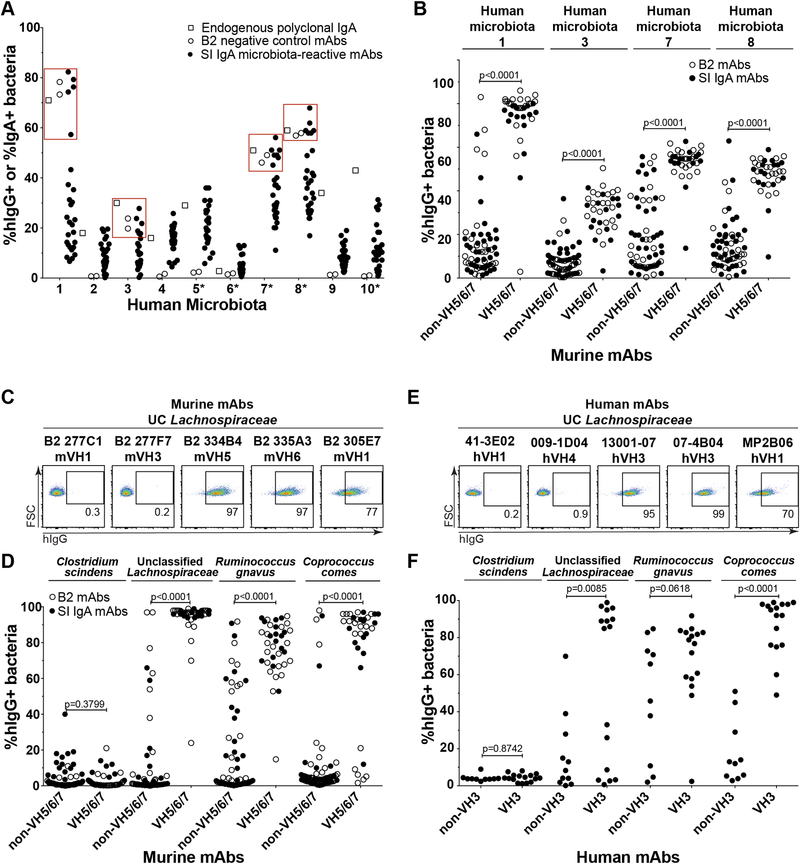Fig. 1. A subset of humans harbor microbiota with superantigen-type binding to monoclonal antibodies expressing murine VH5/6/7 and human VH3 variable regions.
(A) Bacterial flow cytometry analysis indicating the percent of fecal bacteria from ten human donors grafted into germ-free mice that were coated with endogenous polyclonal IgA (open squares), or various negative control B2 mAbs (open circles) or microbiota-reactive SI IgA mAbs (closed circles) expressed with a human IgG1 backbone and detected with anti-hIgG reagents. Each circle represents a distinct mAb. Red squares highlight the four individuals with superantigen-type reactivity. Asterisks denote microbiota from cow’s milk allergic individuals, and the remaining samples were from healthy individuals. Data compiled from four independent experiments. (B) Bacterial flow cytometry analysis of the four human individuals’ microbiota from panel 1A that showed superantigen-type reactivity with a larger panel of 53 murine SI IgA-derived (closed circles) or 47 naïve B2-derived mAbs (open circles), grouped by heavy chain variable gene usage as indicated. (C) Representative flow cytometry plots and (D) Summary of bacterial flow cytometry analysis of indicated strains cultured in vitro and stained with 53 SI IgA or 47 B2-derived mAbs, grouped by heavy chain variable gene usage as indicated. Data compiled from three independent experiments. (E) Representative flow cytometry plots and (F) Summary bacterial flow cytometry analysis of indicated strains cultured in vitro and stained with 26 fully human anti-influenza mAbs, grouped by heavy chain variable gene usage as indicated. Data compiled from three independent experiments. P values in panels (B-F) calculated by unpaired t test.

